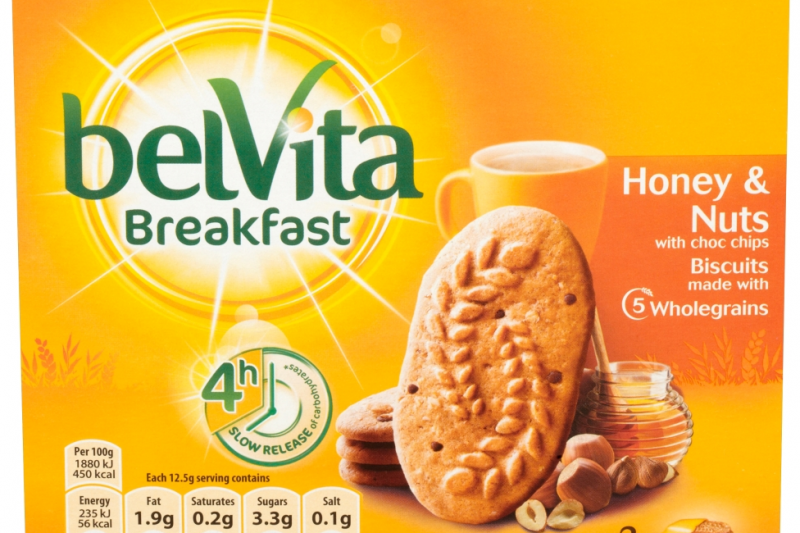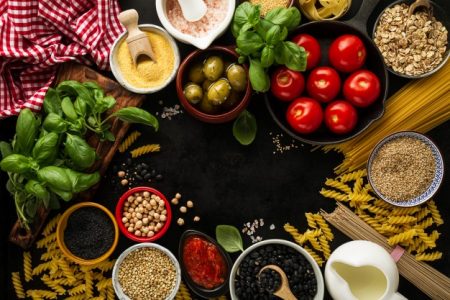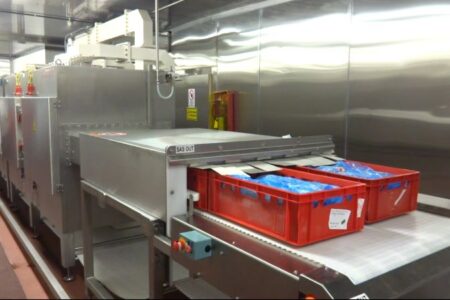Breakfast snackification

Companies with ambitions in breakfast should not rule out NPD ideas as consumer habits are changing, writes Julian Mellentin, director of New Nutrition Business.
Breakfast has become one of the most fought-over battlegrounds in food and health, a battle fuelled by consumers’ need for easy and quick meals in the morning.
It’s a global trend:
- In Europe, 45 per cent of people skip breakfast or take it ‘on the run’ two-three times each week
- UK consumers spend an average of three minutes 15 seconds on breakfast, with nearly a quarter of consumers regularly missing breakfast ‘due to a lack of healthy choices’
- French consumers spend an average of just 11 minutes on breakfast, with 45 per cent of under-35s in Paris taking breakfast out of home
- In Asia, 66 per cent of professional workers surveyed by New Nutrition Business ate breakfast away from home three or more times in a two-week period, and 20 per cent consumed breakfast away from home every single day
- A study of 500 young Americans found that 27 per cent skipped breakfast, and of those who did not, 25 per cent ate breakfast away from home.
Every type of food or beverage company, in every category, is either looking at what they can do to get their own slice of the breakfast market or is in the process of launching or building up products.
Changing consumer habits
Changing habits mean a wealth of new opportunities for companies in every category, while at the same time, sales of many ‘traditional’ products are suffering. For example, in the year to October 2014, sales of breakfast cereals in the US fell by five per cent – a loss of business worth more than $300 million (€236 million). This money did not disappear, it went instead to one of the many other types of product jostling for a place at breakfast.
Of that $300 million, $70 million went to just one brand – Belvita Breakfast Biscuits, which, as a result, finish 2014 with sales up 70 per cent on the previous year. In 2014, sales of Belvita in the US totalled $196 million – compared to zero just three years before.
Belvita’s sustained energy message – which is backed by an EFSA-approved health claim – coupled with convenience and the brand’s positioning in messages on pack and in advertising as part of a balanced breakfast is a European success story. The science behind Belvita was developed by Danone, long before the parent brand (called Lu in France) was sold to Mondelez.
The massive success of Belvita in Europe underscores that Europeans too want the benefit of sustained energy and that they are also very willing to change their breakfast habits if they are presented with something convenient and good tasting. In Europe, as in the US, breakfast cereal sales are suffering as consumer habits change.
Grain-dairy blends
Grains plus dairy represents a big under developed opportunity in Europe. So far, most activity in single-serve dairy plus grains products has come from entrepreneurial start-ups. But in the US, the trend has moved to major brands, with the launch of the first such product from a major brand – an oats plus yogurt single-serve product from Greek yoghurt market leader Chobani.
A grain-dairy blend has advantages that make it perfect for the snacking needs of health conscious consumers:
- A more filling eating experience – this is particularly appealing to male consumers and comes from combining filling grains with a high protein (15g per 100g) dairy base. Oats are a low cost and readily available ingredient, but buckwheat, quinoa, chia and barley are already in use in similar products in some countries
- Possibility of a ‘sustained energy’ marketing message – as the success of Belvita has shown, the sustained energy message is very interesting to consumers. Depending on the grain and other ingredients selected, the door is open to using one of the claims approved by EFSA, Europe’s demanding health claim regulator. Oats, for example, can make slow energy/healthy blood sugar claims. Inulin – commonly used in dairy products – is also now able to make such a claim
- Gluten-free – selection of some grains, such as quinoa, opens the door to making a gluten-free claim. Gluten-free is not only of interest to people with coeliac disease, but also to a growing swath of consumers for whom it signifies a ‘healthier choice’
Protein dairy drinks
High protein dairy drinks are getting attention in some markets – notably in Scandinavia. Their appeal tends to be young and male, but there’s also an opportunity to use protein to appeal to a wider health active audience at breakfast.
Team Sky breakfast pots represent one of the first moves by any dairy company to capitalise on the widening appeal of sports nutrition products.
UK farmer-owned dairy First Milk owns sports nutrition business CNP, which markets a range of sports nutrition products, including a range sold under the Team Sky cycling brand. Team Sky is hugely successful and appeals as much to families as to cycling enthusiasts.
Team members include Bradley Wiggins and Chris Froome, both of whom have excelled in the London Olympics and the Tour de France.
The Team Sky Breakfast launch marks CNP’s first move into lifestyle as opposed to sports nutrition.
“It is a shocking fact that for many consumers simply putting cereal into a bowl with milk and eating it is seen as being ‘inconvenient’,” says David Young, marketing director for First Milk and CNP .
The company’s answer is to combine convenience with active and healthy associations and a protein boost. The Team Sky high protein range includes smoothies, oatmeal and ready to eat breakfast pots.
Young explains that the brand has three core users groups, “Firstly, passionate cyclists, and we see this group as comprising slightly more males than females. Secondly, the young urban professional, again with a slight male bias. In both cases, we’re talking about a 25 to 35 age profile. The third group is ‘foodie’ consumers who engage with healthier propositions.”
Give consumers what they don’t yet know they need
Consumers are increasingly presented with breakfast product formats and ingredients that would have been unimaginable even as recently as five years ago. Any company with ambitions in breakfast should not rule out NPD ideas because they are unfamiliar or ‘too innovative’ – after all, the two biggest successes in breakfast built markets for new products, rather than simply coming up with predictable ideas.
—–
Colour change system for cereals and snacks
A colour change system for packs of assorted extruded cereals and snacks has been developed by Baker Perkins. The ‘spectrum’ technique, which extends the company’s extrusion capability and cuts production costs, enables changeover between colour variations of an extruded product to be made ‘on the run’ with minimal waste.
A typical application in the cereals sector is mixed fruit colours in a single packet; in the snacks arena, it could typically be matching the colour of vegetable flavoured snacks – such as carrot, beetroot, tomato, broccoli or peas – in a single pack.
This skid-based system promises an end to the inconvenience and cost of cumbersome mixing and storage of different coloured snacks or cereals, with its adverse impact on waste, hygiene and shelf life. The necessary blending of different coloured products can be accomplished in-line, eliminating the need for off-line storage. Conventionally, colours are injected into the extruder barrel to ensure good mixing, but this results in very slow transitions when the colour is changed, leading to considerable waste before a correctly coloured new product emerges.
Introducing the colour at the die should avoid this, but differential flow rates between the centre and outer again leads to prolonged transitions. Design by Baker Perkins has minimised this differential, and the transition from one colour to the next is now very swift.



